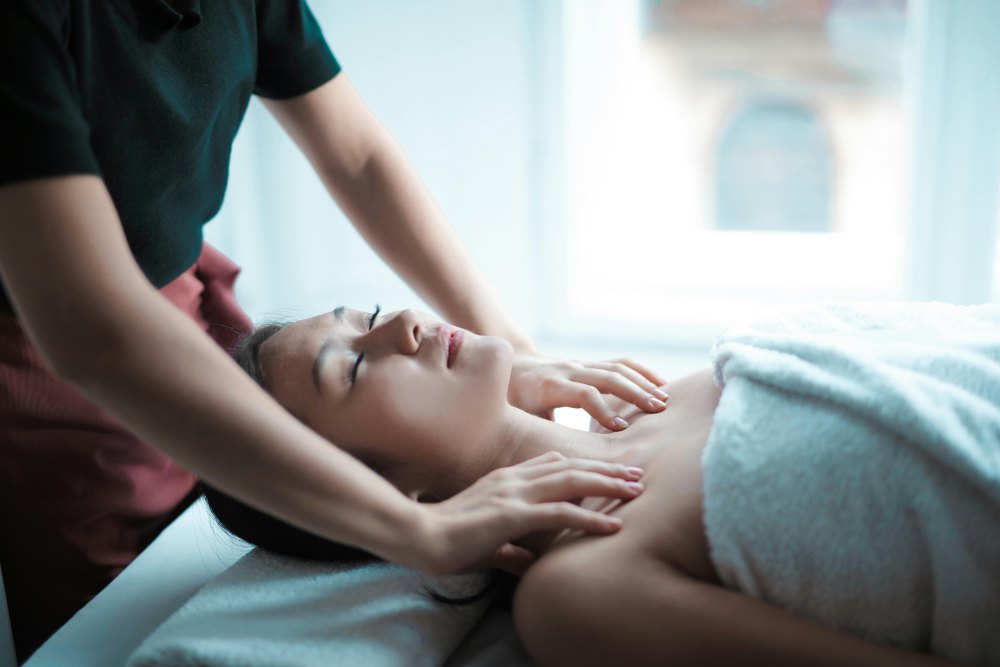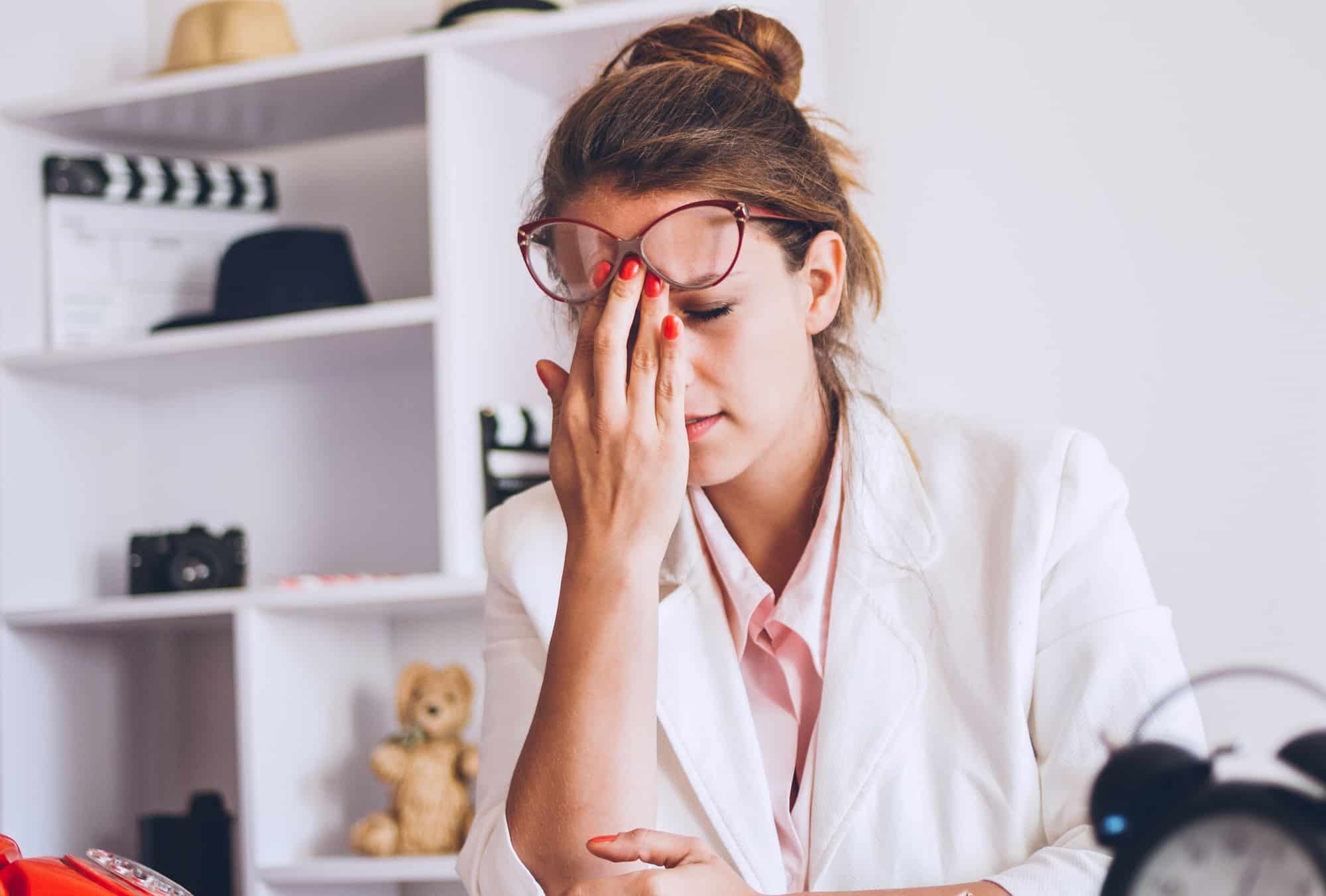Lymphedema is a chronic condition characterized by the accumulation of lymphatic fluid, leading to swelling in various parts of the body, most commonly in the arms or legs. The impact of this condition on a person’s quality of life can be significant, often causing pain, decreased mobility, and recurrent infections. As conventional treatments focus on symptom management, alternative therapies like massage have gained attention for their potential to provide relief. In this article, we delve into the benefits of massage in the context of lymphedema, exploring the techniques involved and the precautions necessary to ensure a safe and effective treatment. Keep reading to learn how the healing touch can be part of a comprehensive approach to lymphedema management.
Understanding Lymphedema: Causes and Symptoms
Lymphedema arises when the lymphatic system is compromised or damaged, leading to an impairment in the normal drainage of lymph fluid. This can be a consequence of cancer treatments like surgery or radiation, which might damage lymph nodes or vessels. Additionally, genetic predisposition, infections, or obesity can also trigger the onset of lymphedema, indicating a variety of causative factors that necessitate tailored treatment plans.
The symptoms of lymphedema include visible swelling of limbs, a sensation of heaviness or tightness, restricted range of motion, recurring infections, and possible changes in skin texture. Early diagnosis is crucial, as progression of the disease can lead to complications such as lymphangitis or lymphadenitis, which are persistent infections affecting the lymph system.
Part of managing lymphedema involves understanding the condition and its triggers. Patients are educated on the importance of meticulous skin care, exercise, proper nutrition, and the potential benefits of treatments like a massage for lymphedema to improve the flow of lymph fluid and alleviate symptoms.
The Role of Massage in Lymphatic Drainage
Massage therapy, particularly manual lymphatic drainage (MLD), plays a critical role in the treatment of lymphedema. MLD is a gentle technique that stimulates the movement of lymph fluid through the affected region, encouraging the drainage out of the congested area. The method aims to reroute the fluid around blocked areas towards healthy lymph vessels, which can then process and return it to the bloodstream.
A trained therapist typically conducts MLD with a series of light, rhythmic hand movements that are designed to mimic the natural flow of lymph through the body. The effectiveness of these movements lies in their ability to stimulate the lymphatic vessels without increasing the blood flow, which is critical in avoiding further swelling in the affected limbs.
Patients often report immediate relief from pain and reduced heaviness in the limbs following MLD sessions. Over time, consistent massage therapy can lead to significant improvements in the condition, mitigating the risk of complications associated with untreated lymphedema and enhancing overall quality of life.
Optimizing Massage Therapy for Lymphedema Management
To optimize the therapeutic effects of massage for lymphedema, several factors must be considered. Firstly, continuity of care is essential, with a series of sessions usually recommended to achieve sustained relief. Secondly, each session must be customized to the patient’s ever-changing condition, addressing new areas of swelling or fibrosis as they appear.
Integrating additional lifestyle changes alongside massage therapy can create a comprehensive treatment approach. Exercise, particularly low-impact activities such as swimming or yoga, can complement massage by enhancing lymph flow and maintaining joint mobility. Therapists often collaborate with other healthcare providers to ensure a holistic strategy for lymphedema management is in place.
In conjunction with compression garments, which aid in preventing further fluid accumulation, massage therapy can significantly contribute to the stabilization and reduction of lymphedema symptoms. It’s also critical for therapists to keep abreast of the latest research and advancements in lymphedema treatment to adjust and improve their techniques accordingly.
Precautions and Aftercare Following Lymphedema Massage Sessions
While massage therapy offers substantial benefits for those suffering from lymphedema, certain precautions must be taken. Only therapists trained in lymphatic drainage should perform the massage to prevent any potential complications. Patients with acute infections, cardiovascular issues, or deep vein thrombosis should consult with their healthcare provider before starting massage therapy to ensure it’s safe for their particular condition.
Aftercare following lymphedema massage sessions is critical in maintaining the gains achieved through therapy. Patients are advised to continue wearing properly fitted compression garments, maintain skin care to prevent infection, and stay hydrated to help lymph fluid circulation. Engaging in light activities as recommended by the therapist can also sustain lymph movement post-massage.
Overall, massage therapy can be a highly beneficial adjunct to conventional lymphedema treatments. With the right techniques, performed by specially trained therapists, and coupled with appropriate precautions and aftercare, many individuals with lymphedema can experience significant relief from their symptoms and an improved quality of life.
Do you need some strategies to help you make self-care a priority?
Snag a free workbook and get inspiration on all the ways to love your life even more.
>>Click Here to Discover Additional Articles on Strategies to Get Your Life on Track <









